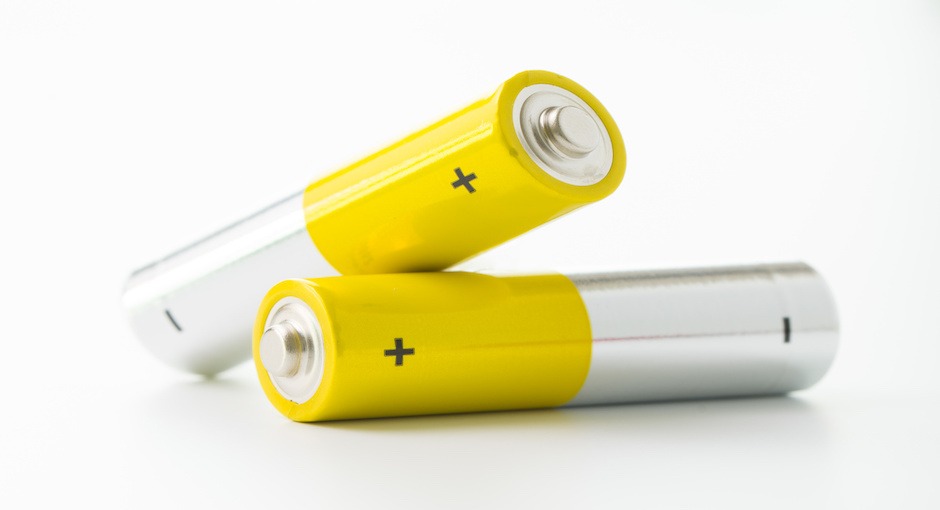When you go to the doctor… you leave with a prescription. These days, that’s just the way it goes. With 5 billion of them written every year in the US, I think it’s fair to say that prescriptions are actually the primary currency of doctor’s appointments. They are also the ticket to a massive and thriving economy; Americans spent about $375 billion on prescriptions last year. Most patients don’t think too much about it; they just trot off to the pharmacy to pick up their newest orange bottle brimming with pills.
The figures are staggering… and sad. Sad because it wasn’t always this way. In fact, the little “Rx” symbol that we all associate with a prescription has its roots in the word “recipe”. Thats right, prescriptions used to be recipes.
In naturopathic medicine, we embrace the power of medical and pharmaceutical technology, but we also respect the tradition of the “Rx” as a recipe. My prescriptions aren’t just for pills. Every day, I write prescriptions for dietary modifications, lifestyle changes, stress management strategies, exercises, stretches, recipes, and more. I also recommend herbal and nutritional supplements that can be safe and effective treatments for many symptoms, conditions, or illnesses. These are the tools that are inside my doctor bag.
In fact, one of the most powerful “no-pill” prescriptions out there is one that most doctors never prescribe. It was also the subject of a remarkable article published recently in the prestigious New England Journal of Medicine. We’ll discuss the details in a moment… but first, a short story to set the tone:
One of my first patients as a young medical resident nearly 20 years ago was a 50 year old man with poorly controlled diabetes. I was young, excited, and admittedly a little nervous because I had so little experience with someone as sick as he was. By the end of the appointment, I wasn’t nervous anymore because I knew that I did a great job. I developed a great rapport with him, and he left feeling inspired and motivated to get started on the treatment plan that I had mapped out for him. We made a follow-up appointment one month later and I fully expected him to be on well on his way to better control of his diabetes. I was totally wrong.
When he came back for his follow up, he told me that he hadn’t done anything I had suggested. He had not made the dietary or lifestyle changes, and had not taken any of the nutrients or herbs I had recommended. I was crushed… and I took it personally. I had failed in my job to motivate change in him and I had no idea why… so I asked him.
His answer made me feel better, and taught me a valuable lesson that I still use every single day. He told me that it was indeed a great appointment. He learned a lot, he felt motivated and inspired to get healthy, and he had every intention of following my plan when he left the office that day. His inspiration lasted for the most of the day after the appointment, but by the next morning he had slipped right back into old patterns, and before he knew it… a month had gone by and he was here again for his follow up. His life was busy and stressful and he just didn’t get around to it. It was as simple as that.
He admitted to me that his “non-compliance” (that’s what we call it when patients don’t do what we say) had nothing to do with me… it was all about him.
The lesson that I learned is that I need to always meet people where they are… and do whatever I can to understand and make use of the resources that they have outside my office, out there in real life.
Physicians need to understand that the doctor’s office is most definitely not real life. How much time do we really spend with our doctor(s) in a given year? If you’re like most people, probably not more than a few hours. While celebrities often have their own personal physicians and a whole entourage of people to keep them focused on their health goals, regular people don’t get that luxury. We may be gung-ho about our health after an appointment, but then quickly get demotivated and/or distracted when we re-enter back into our everyday lives.
So, who are the people we spend most of our time around? That’s easy: family, friends, colleagues, and members of our communities. Those are the people that need to be on board and to act as motivators in everyday life. I do not intend to kick myself or any other doctor to the curb… but regular people in everyday life need each other more than they need us. Research has found that patients do much better when they’re attached to a community, whether it be a spouse, family member, or group that can engage them and offer social support.
This was precisely the subject of the recent article published in the New England Journal. According to Dr. David Asch, co-author of the study:
“Spouses and friends are more likely to be around patients when they are making decisions that affect their health — like taking a walk versus watching TV, or what to order at a restaurant. Patients are also more likely to adopt healthy behaviors — like going to the gym — when they can go with a friend. Though people are more heavily influenced by those around them every day than they are by doctors and nurses they interact with only occasionally, these cost-free interactions remain largely untapped when engineering social incentives for health. That’s a missed opportunity.”
Both doctors and patients still have a lot to learn about how to make use of the social resources that already exist in their lives. We’re leaving one of the safest and most effective prescriptions unwritten…
Meaningful and supportive relationships are medicine.
– Dr. Joshua Levitt









